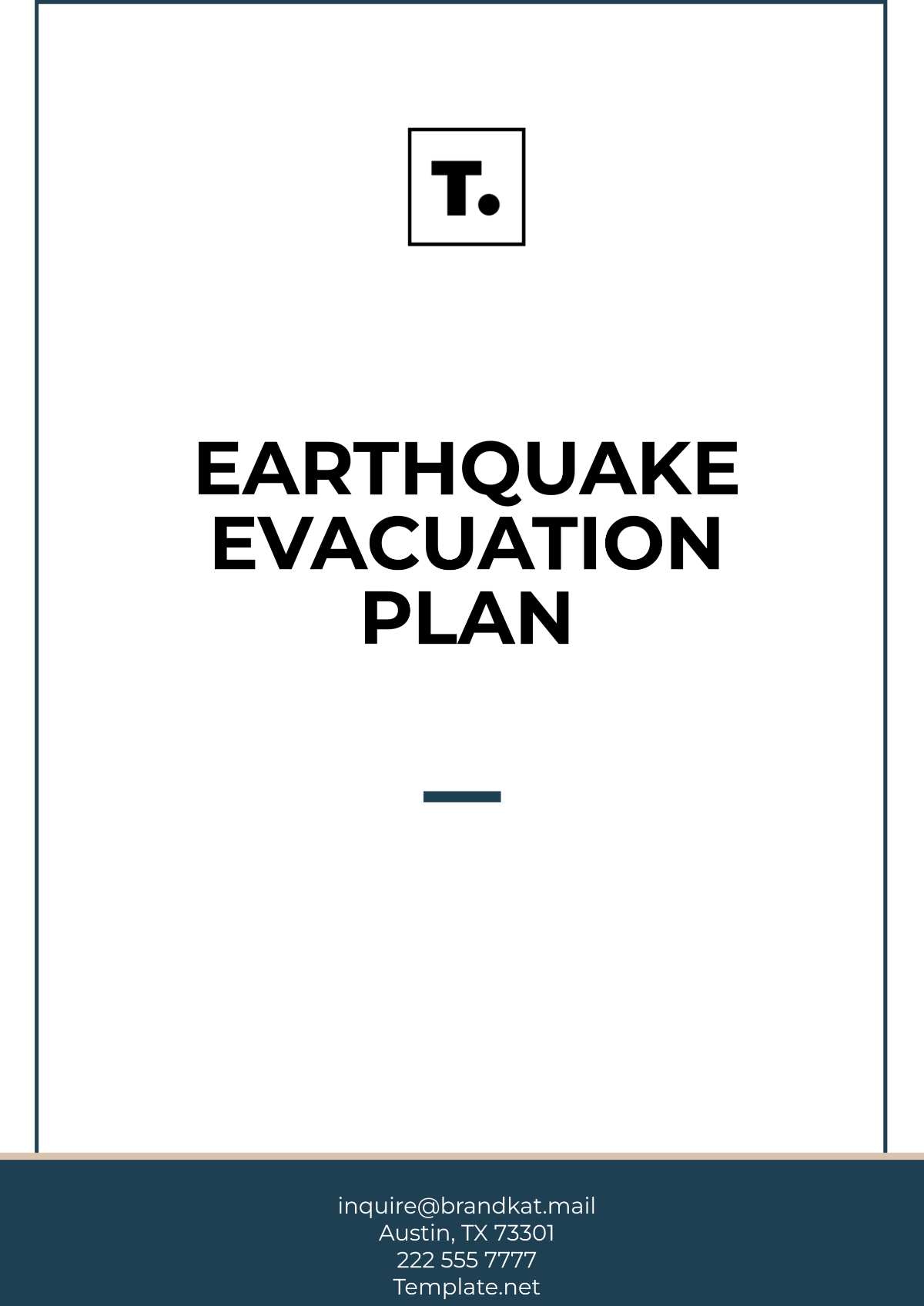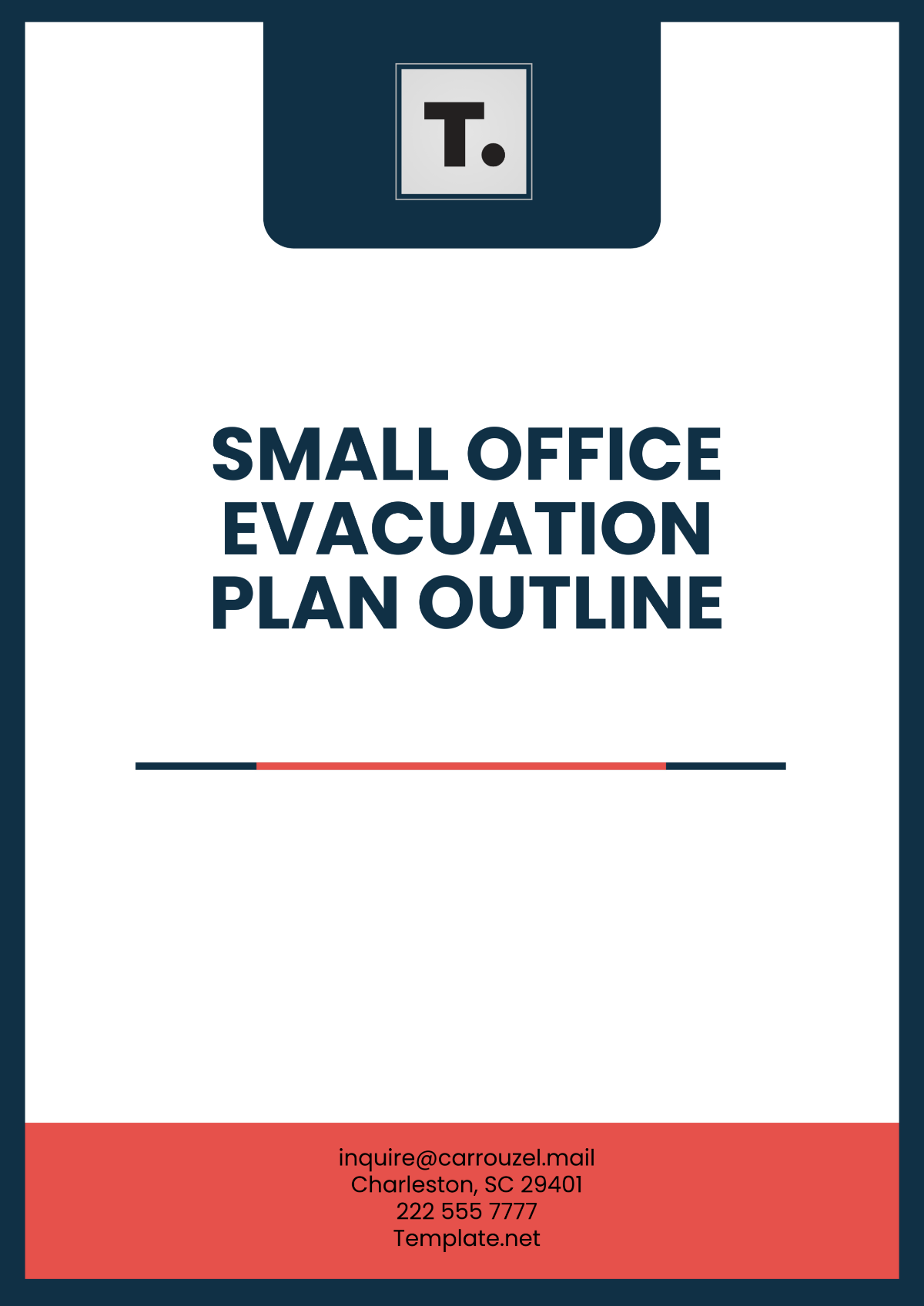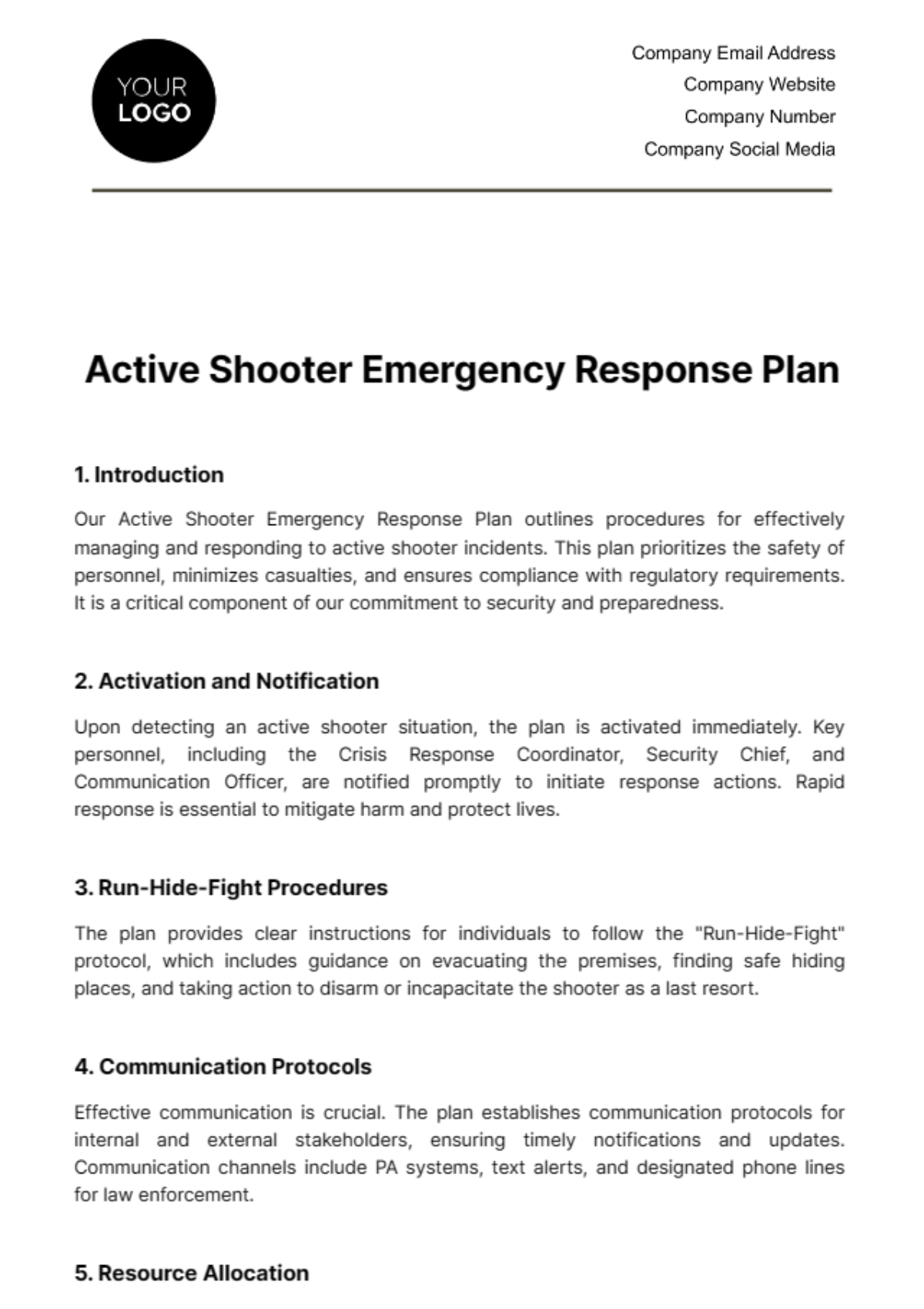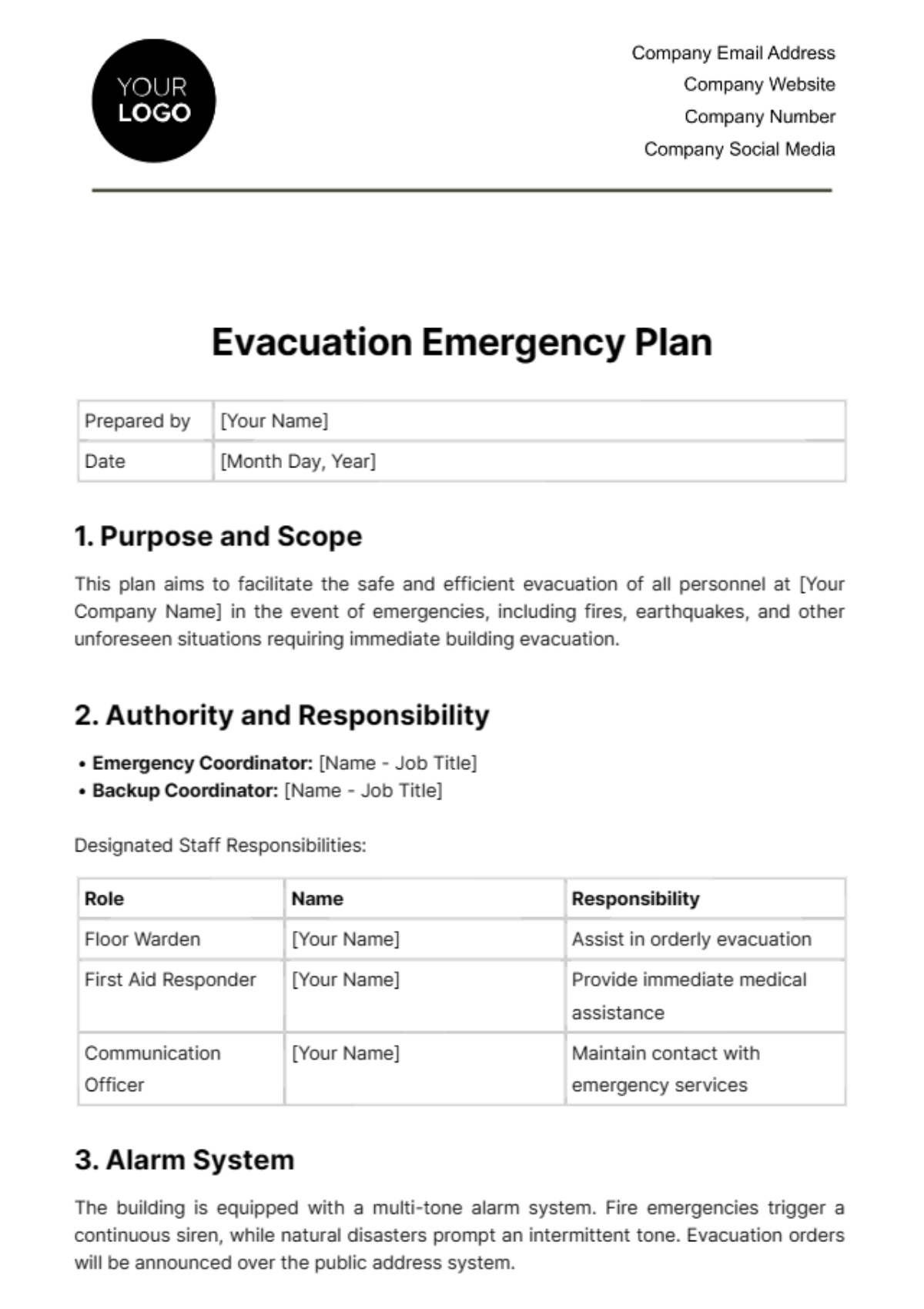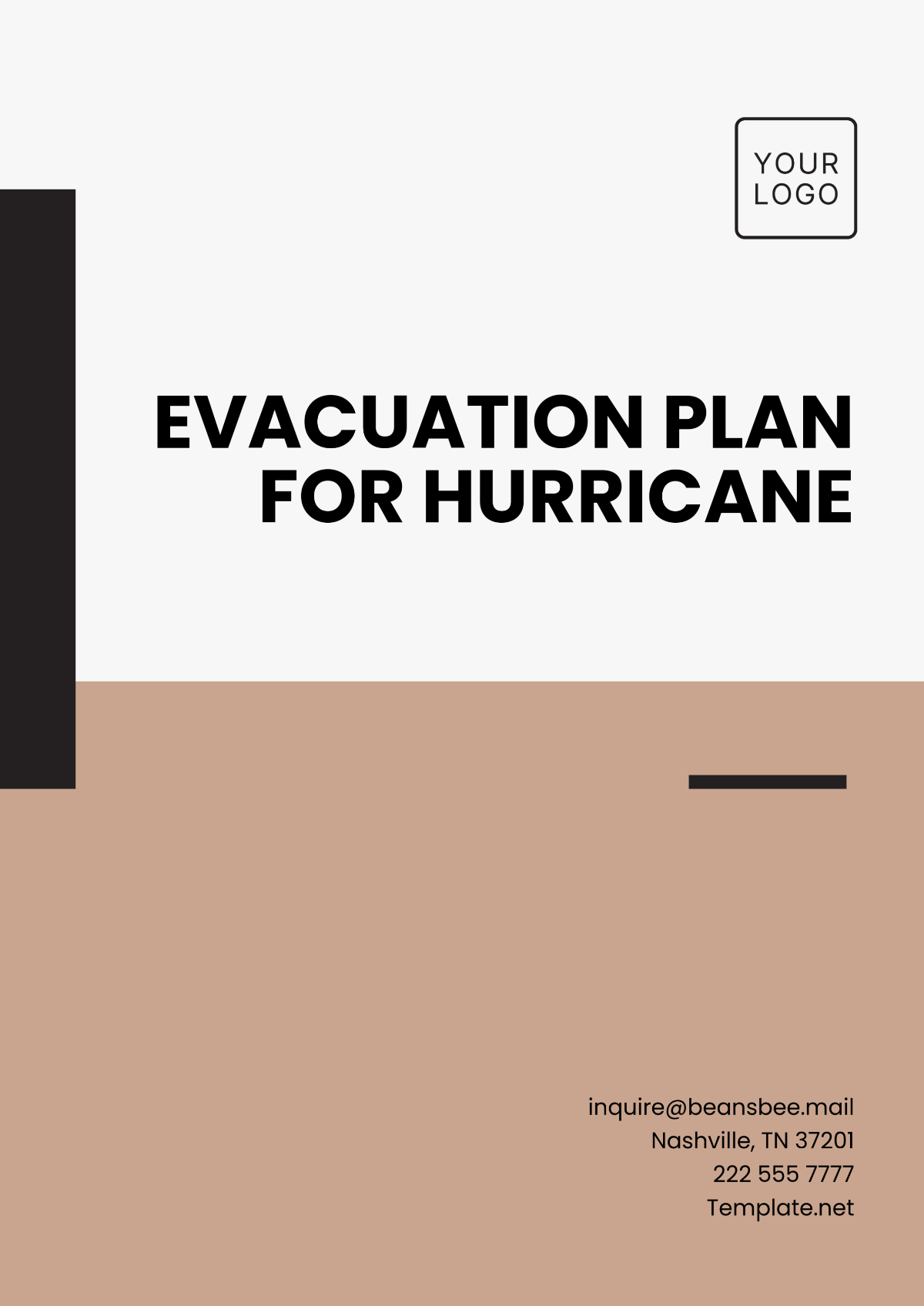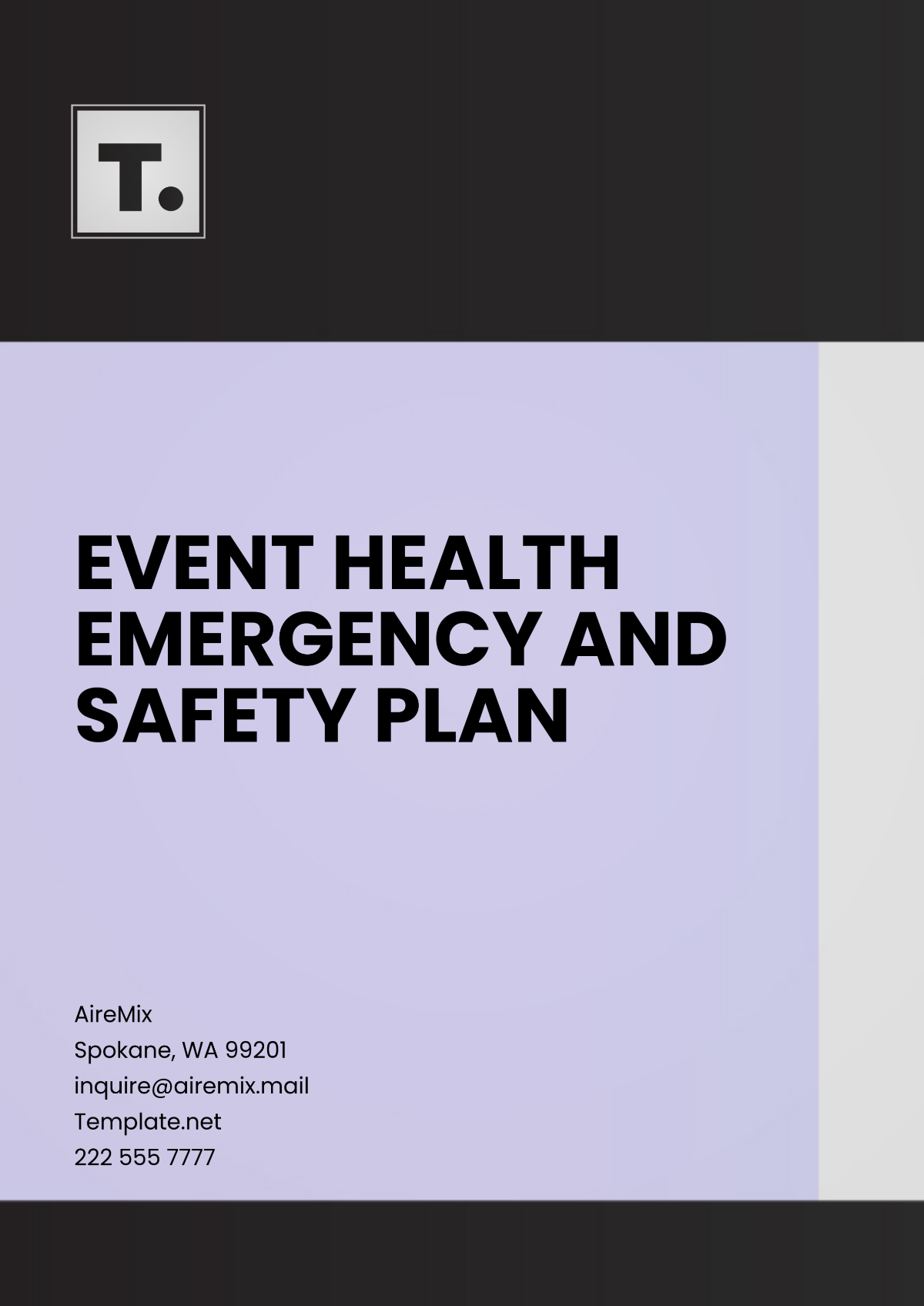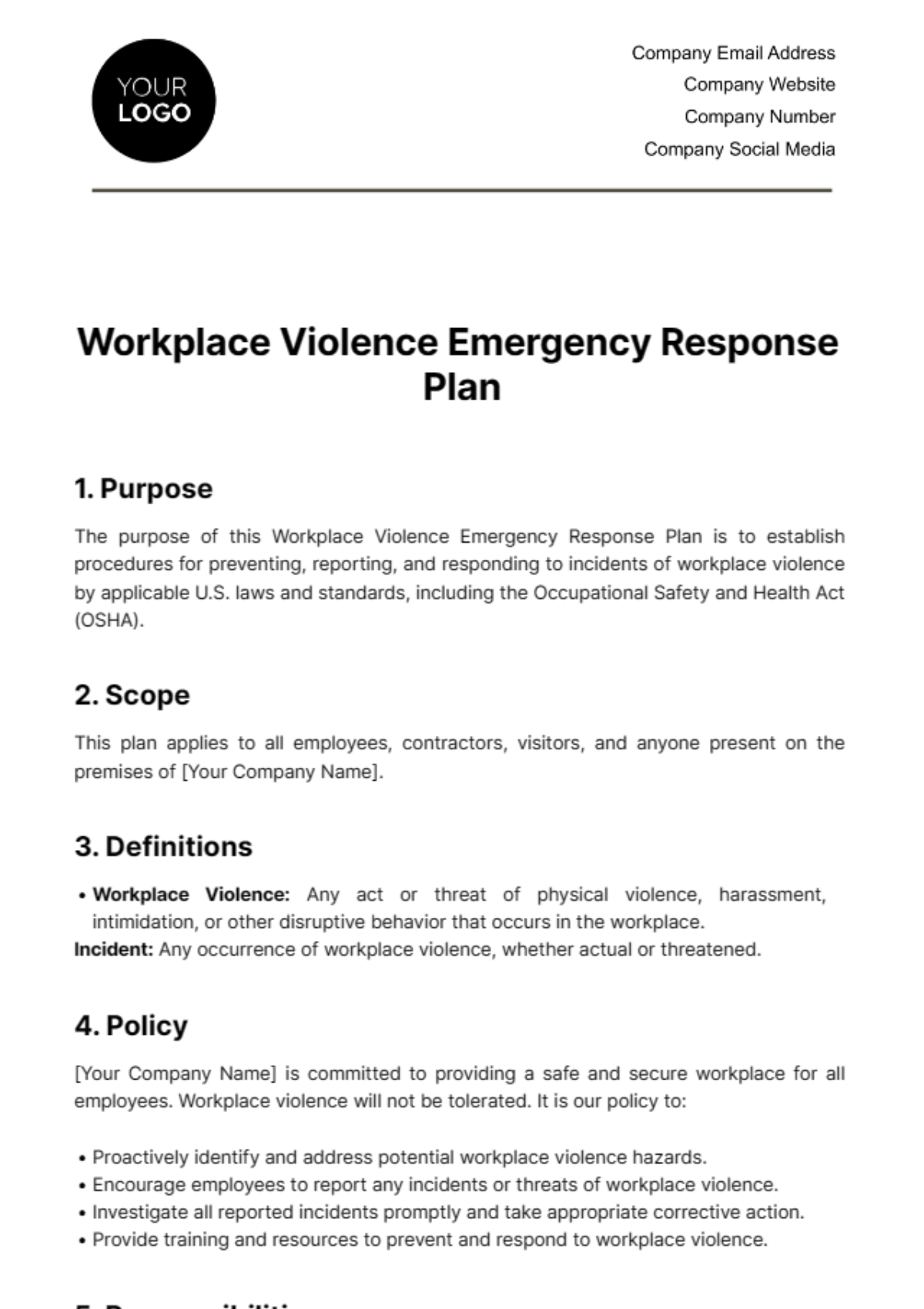Active Shooter Emergency Response Plan
1. Introduction
Our Active Shooter Emergency Response Plan outlines procedures for effectively managing and responding to active shooter incidents. This plan prioritizes the safety of personnel, minimizes casualties, and ensures compliance with regulatory requirements. It is a critical component of our commitment to security and preparedness.
2. Activation and Notification
Upon detecting an active shooter situation, the plan is activated immediately. Key personnel, including the Crisis Response Coordinator, Security Chief, and Communication Officer, are notified promptly to initiate response actions. Rapid response is essential to mitigate harm and protect lives.
3. Run-Hide-Fight Procedures
The plan provides clear instructions for individuals to follow the "Run-Hide-Fight" protocol, which includes guidance on evacuating the premises, finding safe hiding places, and taking action to disarm or incapacitate the shooter as a last resort.
4. Communication Protocols
Effective communication is crucial. The plan establishes communication protocols for internal and external stakeholders, ensuring timely notifications and updates. Communication channels include PA systems, text alerts, and designated phone lines for law enforcement.
5. Resource Allocation
Resource allocation involves deploying personnel, security teams, and first responders to handle the situation. The plan maintains records of resource allocation, including personnel assignments and equipment deployment, to ensure a coordinated response.
Table: Resource Allocation
Resource Type | Allocation Details | Responsible Personnel |
Security Personnel | Deployment to critical areas | Security Chief |
First Responders | Immediate response and assistance | Crisis Response Coordinator |
Medical Teams | Medical assistance and triage | Medical Director |
6. Training and Drills
Regular training and drills are conducted to ensure that response teams and all personnel are prepared to handle active shooter incidents safely and effectively. Training covers response procedures, evacuation routes, and communication protocols. Drills provide practical experience for personnel.
7. Evaluation and Improvement
After each active shooter incident response, an evaluation is conducted to identify areas for improvement. Lessons learned are documented and used to enhance response procedures continually. This process ensures that our response capabilities evolve and become more effective.
8. Conclusion
Our Active Shooter Emergency Response Plan underscores our unwavering commitment to the safety and security of our personnel and facilities. It provides the structure and guidance needed to respond to active shooter incidents with precision, protecting lives and assets while maintaining compliance with regulations.
Health & Safety Templates @ Template.net
